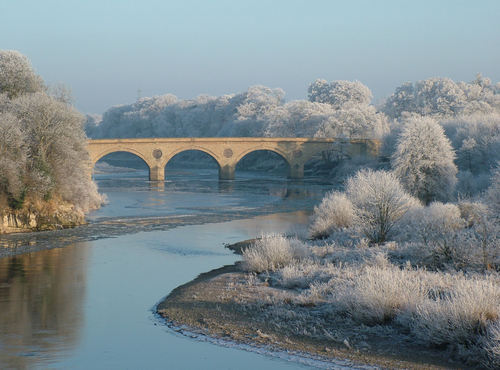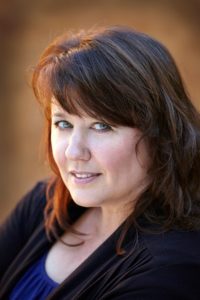by Guest Blogger Gina Conkle

Oh, the naughtiness of a quickie wedding! Early Georgian England teemed with elopements, creating scores of under-aged brides and pesky bigamists. During that era, people could marry wherever and whenever they wanted, as long as a clergyman presided over the ceremony.
By the 1740s, fast weddings in England became a booming industry thanks to shady clergymen in London’s Southwark ward. Because of those few bad apples, people called for lawmakers to correct marriage license loopholes. But first…
A Little History behind the History
In medieval times, people were expected to say their vows in either the bride or groom’s home parish. The church required banns* read from the pulpit for three consecutive weeks. The purpose of the banns? If anyone knew why the bride and groom shouldn’t wed, that was the time to speak up for things like consanguinity or if one of the parties was already wed.
If no objections came to light, the bride and groom wed on the church steps. Weddings were supposed to be public, not secret affairs. This worked in agrarian England.
But, the church allowed another avenue—the marriage license.
As London grew, so did the number of weddings by marriage license.
Then Came the Money
Lawmakers of the 16th and 17th century decreed fees must be paid for marriage licenses. Since marriage was considered a lifelong compact, the marriage license fee was not small. Tradesmen paid a week’s wages to wed their true love.
By the mid-17th century, marriage by license increased dramatically. Saying those hallowed vows became an industry. Illicit marriages spread. And one parish church caused courts and families many a headache—St. George’s in Southwark.
With problems such as bigamy on the rise and clergyman overlooking parental consent for the underaged, citizens demanded parliament act. Lord Hardwicke’s “An Act for the Better Preventing of Clandestine Marriage” was the answer (called The Marriage Act of 1753 but passed March 25, 1754).
No one under 21 years of age could get married without parental consent. Clergymen who broke the law were subject to 14 years transportation (i.e. shipped off to the colonies to serve the Crown there). Fleet Prison marriages were shut down too.
Quickie weddings came to a screeching halt in England but not in Scotland.
Stubborn Scots
Scotland, the convenient northern neighbor, did their own thing. Scotland allowed for irregular marriages if two witnesses were present. The term “anvil weddings” was popular because many a Scottish blacksmith presided over the vows. What you might not know is fishermen, weavers, horse saddlers, cobblers, and mole-catchers did too. Blacksmiths got the most press with one famously telling the London Times in 1843 that he performed more than 3500 weddings.
Most romance readers know of Gretna Green. Lots of romance novels use Gretna Green. It’s the capital of fast weddings just over the western side of the border. But there was another famous wedding village—Coldstream on the eastern side of the Scottish-English border.

The Bridge to Love
Coldstream was a sleepy Scottish village during Georgian times. Just over the border on the English side, was Cornhill with the River Tweed running between them. Both towns are small to this day, but things changed in 1768 when the government built the Coldstream Bridge. The wide stone bridge was perfect to accommodate booming stagecoach business. The popular London to Edinburgh line was a major artery with several stops at small villages along the way.
Fast travel opened the door to fast weddings. Other villages saw wedding traffic, but Gretna Green and Coldstream were the two famed places.
You could say Gretna Green was the Vegas of elopements, and Coldstream was the Georgian Reno.
*Banns were a proclamation done in church from late 12th century

Gina Conkle writes lush Viking romance and sensual Georgian romance. Her books always offer a fresh, addictive spin on the genre with the witty banter and sexual tension that readers crave. She grew up in southern California and despite all that sunshine, Gina loves books over beaches and stone castles over sand castles. Now she lives in Michigan with her favorite alpha male, Brian, and their two sons where she enjoys recreating recipes from the past.
Gina’s website can be found here and you can also find her on Twitter, Facebook, Pinterest and BookBub. You can also subscribe to Gina’s newsletter for Bonus Reads.